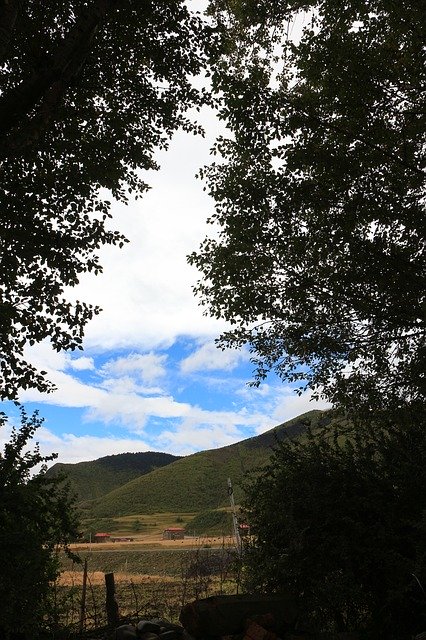Meditating on death helps us to appreciate both the preciousness of life and its precariousness. Thinking about death and the dying process serves to motivate us to live our lives more fully and more aligned to our true purpose in life. Much as we might like to, death is not something to be swept under the carpet – it is an every life reality. Meditation itself can help us to prepare for death by helping us to face up to its reality and consciously build the capacity to die peacefully, with acceptance and equanimity.
The reality of our death
Irrespective of our belief about the existence of an afterlife, there are some inescapable facts about death and dying that we each have to face (not deny or ignore, despite cultural “taboos”):
- The certainty of our death
- The uncertainty of the timing of our death
- The unknown about how we will die – there are so many potential internal and external causes of our death
- The remaining span of our life is decreasing with each day (we are getting closer to death with each day we are alive – our life is inevitably running out, like the waters in an outgoing tide).
We can live our life in the light of the lessons from death and dying or continue to ignore death’s reality. One of the lessons Frank Ostaseski learned from observing the dying and practising meditation is that meditation is itself like the dying process.
What meditation and the dying process have in common
Frank identified a number of common elements between the dying process and meditation:
- Stillness and silence
- Being fully in the present moment
- A focus on our inner life – “profound inquiry into the nature of self’
- Accessing our inner wisdom
- Progressive release from attachments
- Deep sense of humility
- Deep sense of expansiveness and connection to nature and everyone
The benefits of meditation for the dying process
The dying process is a solitary event – no external person or possession or power or wealth or physical beauty can assist us in the process of accepting the inevitable. What can help us to make the transition easier at the time of death is release from all attachment, comfort with deep self-exploration and reconciliation with ourselves and with others. What will help too are the positive states that we have formed through meditation – compassion, self-forgiveness and forgiveness of others, patience, wisdom and peace. The more positive our life has been, the better we will be able to accept all that is happening to us at the time of death.
Frank suggests that we should aim to replace guilt with remorse – not drowning in our guilt but expressing remorse for having hurt others. Remorse then motivates us to do better and avoid hurting the people we interact with. Forgiveness meditation is a powerful aid in this transformation.
Reflection
Once we accept that life is running out like the tide, we can value and appreciate every moment that we are alive, develop loving-kindness and build positive experiences where we contribute to the welfare of others. As we grow in mindfulness through meditation, and especially by meditating on our death, we can create the positive states of acceptance, peace, tranquillity and compassion that will assist us in the dying process. Meditation helps us to understand and accept the reality of our death and to prepare us for the inevitable (but uncertain) end to our life.
Frank’s book, The Five Invitations: Discover What Death Can Teach Us About Living Life Fully, can provide us with insights into the dying process and the lessons we can learn and, in the process, build our motivation to develop and sustain a daily meditation practice.
___________________________________________
Image by sabri ismail from Pixabay
By Ron Passfield – Copyright (Creative Commons license, Attribution–Non Commercial–No Derivatives)
Disclosure: If you purchase a product through this site, I may earn a commission which will help to pay for the site, the associated Meetup group and the resources to support the blog.



